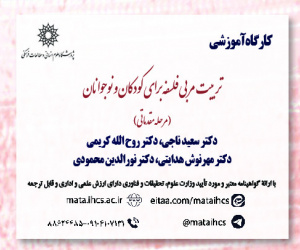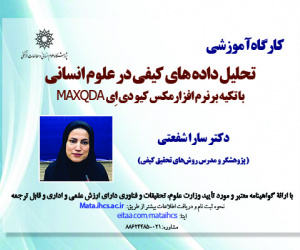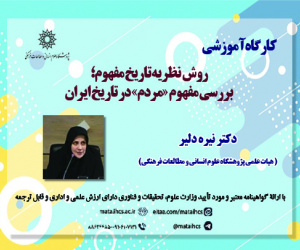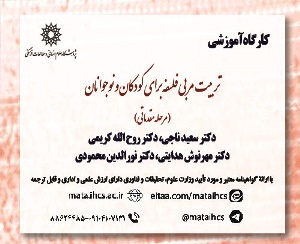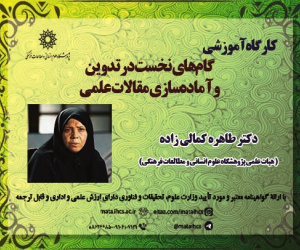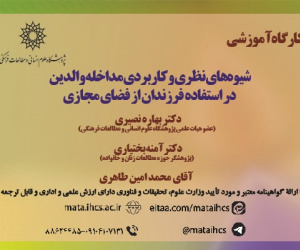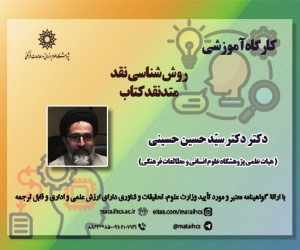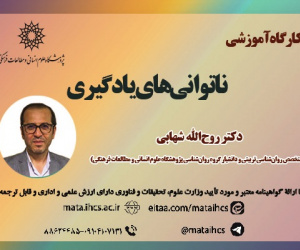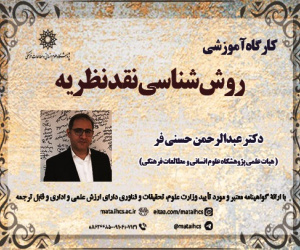ساختار عاملی مقیاس ابعاد دین داری (مقاله علمی وزارت علوم)
درجه علمی: نشریه علمی (وزارت علوم)
آرشیو
چکیده
پژوهش حاضر با هدف بازشناسی ساختار عاملی و ویژگی های روان سنجی مقیاس ابعاد دین داری انجام شده است. این پژوهش توصیفی از نوع همبستگی است. جامعه آماری آن، دانشجویان دانشگاه آزاد اسلامی واحد قم، دانشگاه قم و مراجعین مشاوره پیش از ازدواج با پروتکل شروع خوب بود، که با روش نمونه برداری در دسترس، 1429 نفر از میان این جامعه انتخاب شدند و به مقیاس های جهت گیری مذهبی (نسخه سوم) و ابعاد دین داری پاسخ دادند. به منظور تعیین روایی و اعتبار مقیاس، داده های به دست آمده با روش های همبستگی پیرسون، آزمون دونیمه سازی، تحلیل عاملی اکتشافی و تأییدی تجزیه وتحلیل شدند. تحلیل یافته ها نشانگر آن بود که مقیاس ابعاد دین داری دارای هفت عامل (مقابله رفتاری دینی، مقابله شناختی - هیجانی دینی، انگیزه دینی، محوریت دینی، تجربه و ارتباط معنوی، کشمکش درون فردی و کشمکش الهی) بوده است. آلفای کرونباخ 96/0 و برازش مناسب مدل، نشانگر اعتبار مناسب و همبستگی 8/0 این مقیاس با مقیاس جهت گیری مذهبی گویای روایی مناسب این مقیاس است. بر اساس یافته های پژوهش، می توان گفت این مقیاس از اعتبار و روایی بالایی برخوردار بوده و عوامل منسجمی از آن به دست می آید که می توان با کاربرد آن، ابعاد دین داری افراد را بررسی، و در فعالیت های بالینی و پژوهشی از آن استفاده کرد.Factorial structure of Religiosity Dimensions Scale
The current research was aimed to identify the factor structure and psychometric properties of the Religiosity Dimensions Scale. This descriptive research is one of correlation type. The statistical sample was 1429 people; students of the Islamic Azad University of Qom and the University of Qom and the clients of the Good Start Protocol were selected by Convenience Sampling. They responded to Scales of Religious Orientation (Third version) and Religiosity Dimensions Scale. The data were analyzed by Pearson correlation, split-half method, and exploratory and confirmatory factor analyses. Findings showed that the Religiosity Dimensions Scale had seven factors: religious behavioral coping, religious cognitive-emotional coping, religious motivation, religious centrality, spiritual experience and communication, intrapersonal struggles, and divine struggles. Cronbach's alpha of .96 and good fit of the model indicate good reliability and correlation .8 of this scale with the scale of religious orientation shows the good validity of this scale. Based on the findings of the research, it can be said that this scale has high reliability and validity and consistent factors are obtained from it, which can be used to examine the religiosity dimensions of people, and to use it in clinical and research activities.
